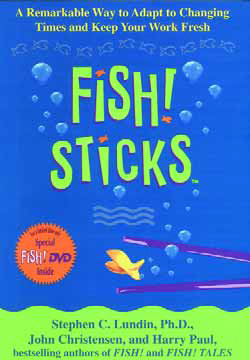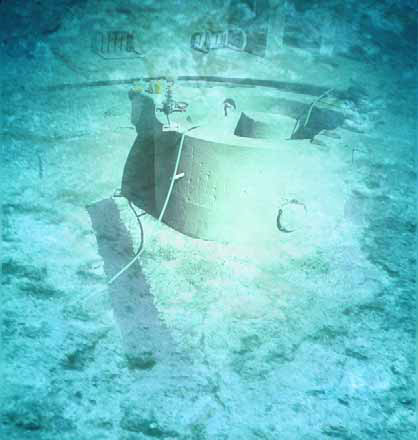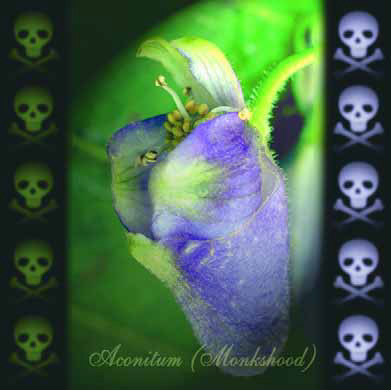As a designer, I've always sought out exceptional finish materials to use in my projects. My background is in fine arts, and I've worked in the design/build business for years, creating high-end exterior and interior spaces and taking pride in finding surfacing products that excite my clients and beautify the work. Operating in south Florida, however, I kept running into so many limitations on what was available that it had the effect of limiting my creativity. Natural stone can be hard to come by in adequate supply where I live, for instance, and as much as I like tile, it doesn't fill the bill for every job. Anything's available at a price, of course, but even
Watershaping can be so demanding a profession that it's easy to lose sight of the fact that what we do should really be fun and enjoyable. That's why I bring up two books this month that make a case for approaching your work in ways that encourage a daily sense of joy and adventure for both you and your clients. The first is simply titled Fish! Written by Stephen C. Lundin, Harry Paul and John Christensen (Hyperion, 2000), it's a modern parable about a woman named Mary who has taken over as manager of her company's toxic-waste management division. It's a job with horrid potential, but as the story goes, Mary is helped by a visit to the famous (and very real) Pike Place Market in Seattle, where she's captivated not only by the wonderful fish on sale, but also by the joy and pleasure she derives from shopping there. What Mary learns is how to
In renovation projects, preparation of the pool's interior surface for a new finish is truly where the rubber meets the road - a key step in which what you've planned and what you actually do must come together. With this installment of "Details," we're doubling back to the Los Angeles project we left behind in October as we waited for tile to arrive from Italy. If you'll recall, the pool had been built in the 1920s and graces a property with a magnificent Gatsby-era home. As I mentioned at the outset of this interrupted sequence of columns, the homeowners have been extremely involved, always wanting to know as much as they possibly can about what's going on in their backyard. As I mentioned as well, the challenge
I found a new "favorite" plant last summer. It's called Dalechampia dioscorefolia, otherwise known as the Costa Rican Butterfly Vine. Its stunningly beautiful, exotic flowers were unlike those on any of the vines I typically see at nurseries and easily earned a place in my disorganized (and experimental) backyard garden. Given its unique beauty, I placed it on a trellis directly outside my bedroom window so I could see it every day and observe its progress. After a few months of growth, it was still quite floppy and had not wrapped itself around places high enough on the trellis for my liking. So one Saturday, I went out and wrestled apart many of the branches of the vine that had wrapped around themselves and set them up to reach
Many have asked me how it is that my work is published so often. I'm not talking about this column, which is about what I do and occasionally depicts my work to illustrate a point I'm making about what we do as watershapers. Rather, the question's about my projects making their ways into books and consumer magazines and other media beyond WaterShapes. The short answer is that I focus on garnering this sort of exposure and have actively cultivated it through the years. As is the case with anything else you do to draw positive attention to your business, seeking to have your work published in a book or magazine takes time and effort and an understanding of what working with writers and editors is all about. The benefits of
One of the best things about watershaping from my point of view is that it can be so interesting. I'm fascinated, for example, by what happens when watershapers connect with clients, discern their wants and needs and then
Natural stone is certainly beautiful, says watershaper Paolo Benedetti, but sustaining that beauty often means taking steps in the installation process to ensure easy maintenance and enduring protection of the stone's exposed surfaces. Here, in the first of a series on enhancing the appearance and durability of hardscape materials found around watershapes, he takes a look at the family of chemicals designed to seal in the splendor of stone.
Water moving in all sorts of different directions (but always in controlled ways) is a hallmark of one our favorite designers, architect David Tardiff. We've built the watershapes for many of his projects, and we've particularly enjoyed those that put both his vigor and special subtlety on display. Time and again, his designs have challenged us technically while rewarding our clients with results that always seem to leave them proud, amazed and thoroughly satisfied. As we've discussed in our previous WaterShapes articles, a large part of our business is about executing watershapes for architects and landscape architects in the backyards of mostly affluent clients in southern California's Orange County. Each designer has his or her own creative style and sensibility, leaving us to adapt the work we do to their "idea sets" while lending our years of practical experience in engineering and construction to the process. In working this way, we find that everyone comes out a winner: The designer creates work that is based in reality; we stretch and expand our skills to realize truly spectacular design concepts; and most important, clients gain refined spaces that hit the mark with respect to both functionality and aesthetics. The two projects we'll visit on these pages are





















